NASA missions. Hawaiian volcanoes. Just another day in the office for today's Contessa. Nancy Gifford isn't a rocket scientist or geologist, she's a seventh grade teacher at Monomoy Regional Middle School.
If you thought science was all beakers and Bunsen burners, think again. Nancy fights the stereotype of scientists as geeky guys in white lab coats, utilizing grants, funding websites, and networking groups to create unique, creative opportunities for her students. From participating in real NASA missions to exploring the geology of Hawaiian volcanoes with her students (in Hawaii!), Nancy strives to engage every single student who walks into her classroom. And she'll try anything once!
Nancy grew up in a family full of educators, so it makes sense she fell in love with the profession. While she always loved science, it wasn’t until she was accepted into NASA’s National Educators Workshop (NEW)—a two week program where she learned about the space program—that she was hooked.
While students may think a teacher’s day ends when the bell rings, that is not the case. Parent meetings, calls, emails, and lesson planning often require late evenings in this field—not to mention the hours teachers spend worrying over students as if they were their own. Despite the challenges of teaching to 20+ different personalities every day, Nancy has never given up on any student, and relishes the moments when a struggling student finally “gets it” for the first time. “Teaching is too hard a job to do if you don't love it,” she says. How lucky for her students that she does!
Her Starting Point
You have over two decades of teaching experience. What initially surprised you most about being a teacher? What were some unexpected struggles you faced in the first few years?
What surprised me most about teaching is the time required. Beyond preparing lessons and gathering materials, there are hours of phone calls, emails and meetings. You hear teachers refer to their students as “my kids.” They get into your heart and soul and you never really leave them behind at the end of the day.
The hardest thing for me to learn was that it is okay to ask for help. As a new teacher, you think you know everything, but nothing prepares you for the experience of leading a group of 25 individuals with different personalities and needs. You have to constantly adjust your practice to keep up with the changing expectations and curricula. A great teacher and friend once told me that “You are only as good as the teacher next door.” I never expected that after more than 20 years, there would still be so much to learn about kids and teaching.
Which came first—your love for science or teaching? Were you always interested in teaching science, or did you consider other careers?
I come from a family of educators. My grandfather was a school superintendent, my grandmother and uncle were teachers, and my sister has a doctorate in public health education. I wanted to be a teacher from an early age, but also considered marine biology. In college, I studied early childhood education and child development and began my career as a kindergarten teacher. When I started teaching, I taught letters and numbers. I didn't have a set curriculum to follow so I made up my own based on science themes. I was lucky to work next door to a skilled, charismatic teacher who taught me a lot.
Science was always an interest, but it wasn’t until I was selected for NASA's NEW program that I decided to complete the post-graduate work to teach science. At NEW, I spent two weeks at Marshall Space Flight Center in Alabama learning about the space program. I have been hooked on science ever since. The experience changed my life and set me on a path I never expected, but couldn’t be happier following.
As an undergraduate, you tutored English Language Learners (ELL) students. What made you want to get involved in this, and how did the experience help you with future instruction?
Being an ELL tutor sounded like a fun way to get experience that would help me to get a job after college. I was terrified when they assigned me to work with a group of students from Cambodia. My hometown was not diverse. I had very little exposure to non-English speakers and I was already minoring in Spanish, which would have been easier to teach. The Cambodian students taught me to find other ways of teaching without words.
As a teacher, I always have ELL students in my classes now. I love learning about their cultures and helping them to understand not only our language, but our culture and customs as well.
Describe an early disappointment or lesson that you had to learn the hard way. How did it affect or improve your work?
The biggest lesson you learn in teaching is not all kids will learn the way you plan to teach. It’s the teacher’s job to help the child access the curriculum, not the other way around. It's like the obstacle course that has a huge wall to scale. Everyone can climb the wall. Some kids climb up and jump right over, others need a boost or ladder. Some need even more support, but they can all get there with the right tools.
The hardest part is struggling to find the right method for a student, but I never give up. As I learn more, it is hard to look back and think about what I might have done or how I could have done better with a particular student who challenged me.
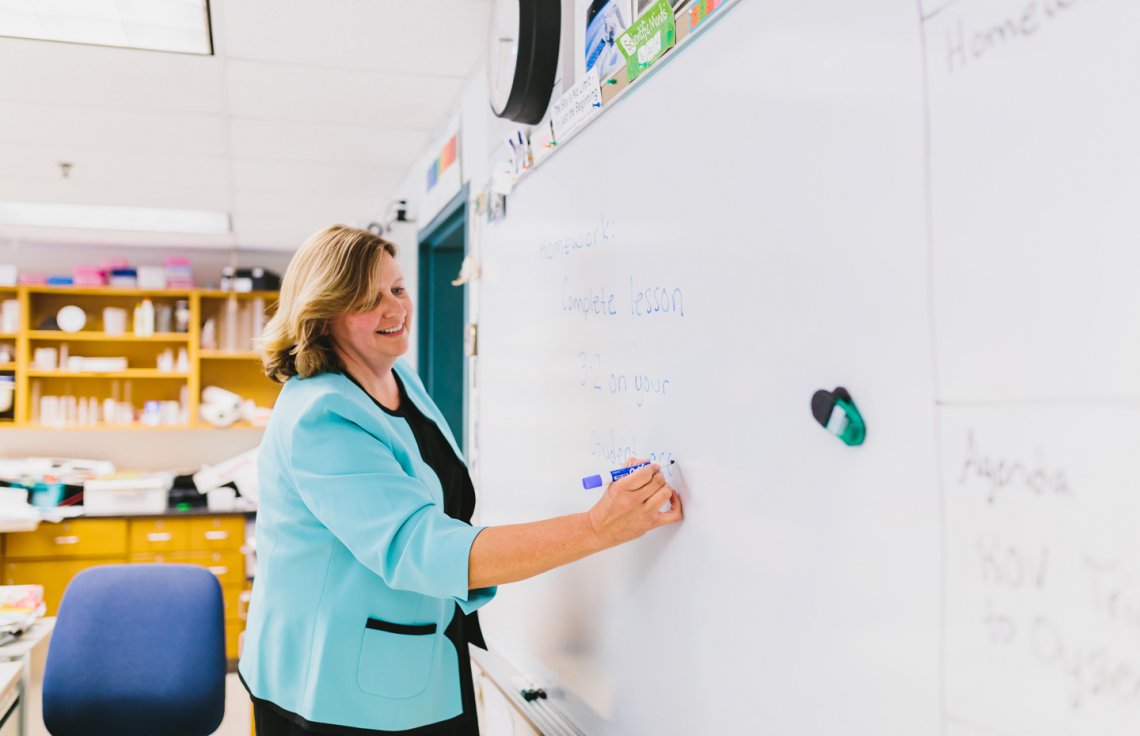
Her Big Break
How have the expectations and requirements of your career changed since you started teaching?
So much has changed it’s hard to keep up! The amount of work that teachers have to do outside the classroom is overwhelming. I feel we're pushing our youngest students too fast and they need more free play and recess time. I’d love to see more opportunities for movement during the day.
I’m amazed at how much our kids can do compared to just a few years ago. The engineering abilities and content knowledge of our middle school students blows me away. Sometimes I feel like we’re chasing them just trying to keep up.
It bothers me when I hear school budget discussions and an adult says, “When I was in school…” It is irrelevant to how kids learn today. This generation was raised with access to technology and all of the information in the world at their fingertips. Our job is teaching them how to use it and how to be creative with what they learn.
Another big shift I've seen involves girls’ education. When I started out, girls were being left behind. I think we have done a really good job helping our girls to be successful in school. Unfortunately, more and more of our boys are slipping behind now. Women are still underrepresented in STEM fields, but we need to make sure that we don’t lose our boys as we lift up our girls.
In 2014, you were awarded a Westgate Foundation grant, which you put toward a Hawaiian Volcano Experience for your students. How exciting! What did that experience entail?
My trip to Hawaii was incredible. It was an earth science teacher’s dream come true. The week started with the first hurricane to hit the island in years. We got 12 inches of rain overnight! We were nestled in up in the rainforest up at 4000 ft. so the winds weren’t much of an issue. Living on the East Coast, I had been through hurricanes before, but not so far from home. Seeing the devastation was fascinating and heartbreaking. I got very good at washing my hair with a bucket of rainwater!
Once we were able to go outside, we spent a week exploring the volcanoes of the Big Island of Hawaii with a geologist from the American Geological Society. I love geology, so learning about everything in person was awesome. We used what we learned in Hawaii to teach students back home about volcanoes and their impact on humans. My seventh graders developed an Earth Science Fair and taught the third graders about rocks and minerals, weather and the water cycle. When given a chance, kids are some of the best teachers around.
Last spring, you were also the recipient of a Dow Chemical STEMtheGAP grant, which are given to educators for outstanding ideas concerning STEM education. In your own experience, what gaps in STEM education are most concerning?
There are many gaps. Part of the problem is we don't give enough money to programs our kids need. Students in the wealthiest districts have access to the best technology. Also, because expectations have changed, most teachers I know are spending hours learning about and searching for materials to teach their students. It used to be that a district could buy a textbook and use it for a decade or more. That doesn’t work anymore.
Another concern is that many students live far away from cities with STEM career opportunities. They don’t know what STEM jobs exist! Dr. Sally Ride, one of my heroes, said kids can’t envision themselves doing a job if they can’t see someone else doing it. Our society puts so much emphasis on athletes and celebrities while ignoring people who make huge, significant discoveries. Kids see scientists as nerds in white coats working in labs. While some scientists do work that way, others are climbing mountains, going to the bottom of the ocean or orbiting the planet on the International Space Station.
Your students’ work was selected to be presented at the GRAIL/ Moon Kam Expo in Washington, D.C. in 2012. You also brought a NASA science show to your school and helped to implement a school-wide Energy Day. How do you identify these kinds of opportunities, and get students excited about participating in science? Where do you go for inspiration?
I have a bad habit of trying everything that sounds interesting and fun! I’m always on the lookout for new experiences that will benefit my students. I'm good at juggling projects, and being busy and exploring new ideas energizes me. Kids learn the most from activities that have a real purpose.
The GRAIL/MoonKam Mission allowed my students to be a part of a real NASA mission. They took photos from satellites orbiting the Moon that were used by lunar scientists!
I don’t often have kids asking me “Why do we have to know this?” I'm fortunate to work with a great group of teachers who get really excited about providing opportunities for our kids, and we feed off each other’s excitement. Right now, we are building up the STEM program at our school. Sometimes we may be out of our minds for trying some of the things we do, but we do it anyways and love every minute of it!
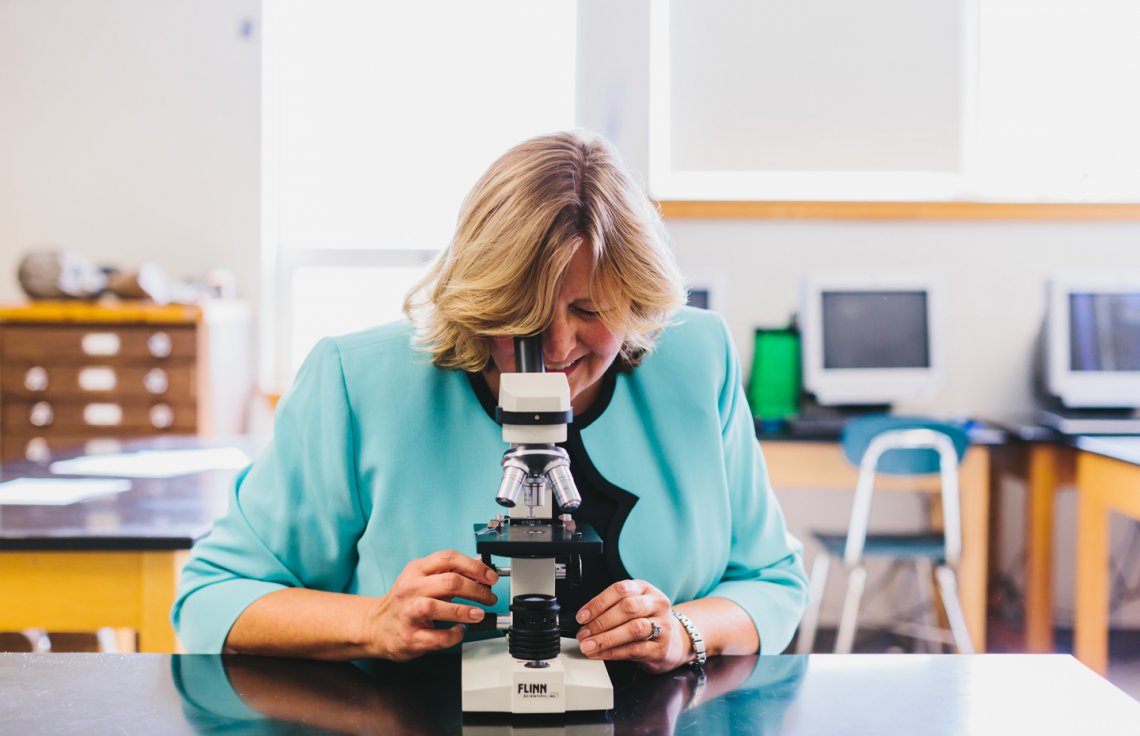
Her Perspective
How do new developments in science elicit change in your classroom? In what ways have improvements in technology affected your teaching?
I love that there are new discoveries every day to discuss with my students. I never get bored on the job. This year when I was teaching earth science, geologists made two major discoveries related to the Earth’s mantle. It's fun to show the kids we are still learning about our world and there is so much more to discover.
My students have access to so much information at tips of their fingers. They use multimedia presentations, FaceTime, and Google Docs to collaborate on projects. I always remind myself that many of my students will have jobs that don’t even exist yet, so we have to prepare them for anything.
Currently, you are a member of the National Association of Science Teachers and the Massachusetts Association of Science Teachers. What other groups or resources have been crucial to your teaching, in terms of networking, idea sharing, or lesson planning?
In 2012, I was selected to attend the Honeywell Educators at Space Academy, a space camp experience for teachers sponsored by Honeywell Hometown Solutions. They select 200 teachers from all over the world to attend each summer. There are no words to describe the experience of working with teachers who share the same passion for space education. It's an incredible network of teachers who share ideas and help each other enhance their teaching.
The experience pushed me out of my comfort zone and taught me leadership skills. Since then, I have worked at NASA as a Master Teacher for the Global Precipitation Measurement Mission (GPM) and been a member of National Oceanic and Atmospheric Administration’s (NOAA) Climate Stewards Program.
Teaching can be isolating sometimes. Most of the time you are alone with the kids. Having a network of teachers that share my passion for science education gets me through tough days. I look forward to seeing my friends at conferences and am grateful to know the dedicated teachers I do.
What advice would you give to those considering a career in teaching? Those considering a career in STEM?
I’d suggest that anyone who wants to teach should spend a week in a classroom before they sign up for their first education class. Teaching is a hard job to do if you don't love it. For people interested in STEM careers, I'd would suggest finding an internship and never stop learning and exploring new ideas.
And finally, what do you wake up looking forward to? What’s next for your career?
This close to summer vacation, I look forward to not setting my alarm clock, catching my breath, and reconnecting with my husband and sons.
I love my job and students. There is nothing better than that moment when a child understands something for the first time.
What’s next for my career? Good question! The last few years have been exciting and fun. I don't know what is next, but I hope to continue do consulting work and I have a couple adventures planned for this summer. I am excited to see where those opportunities will lead!
You May Also Like
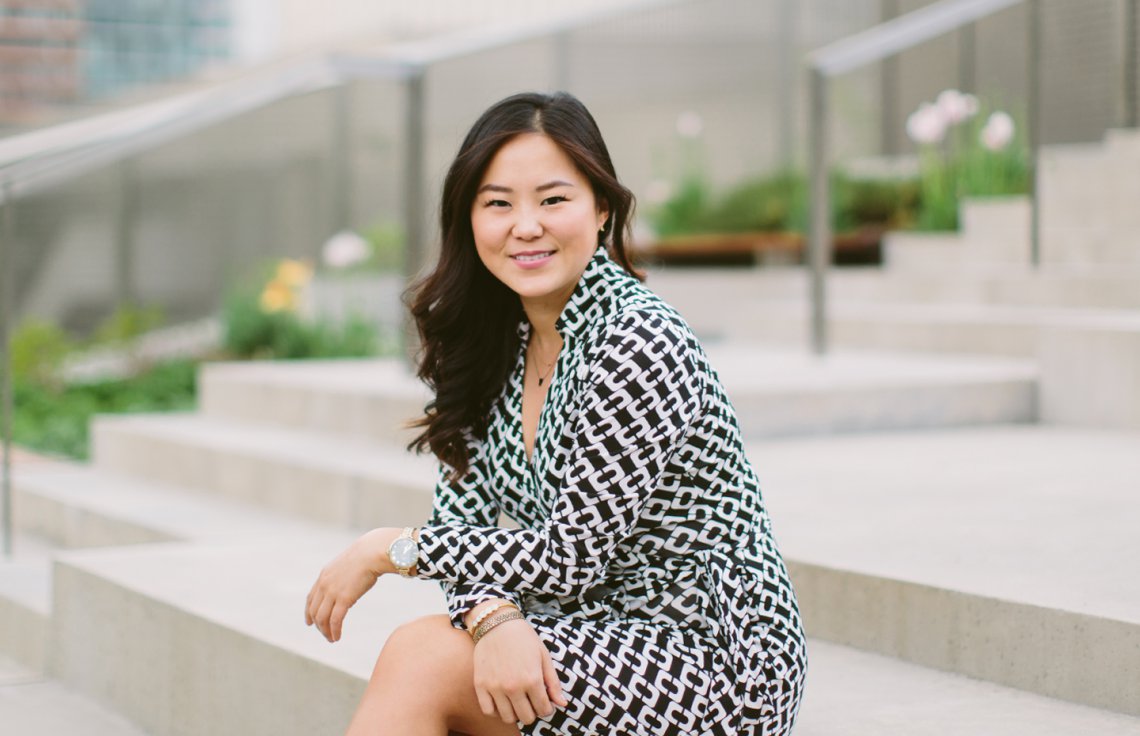
Government + Public Policy
How to Become a Foreign Service Officer
Ever wondered what it would be like to work in Foreign Affairs? Gloria Chou knows, and she's spilling.
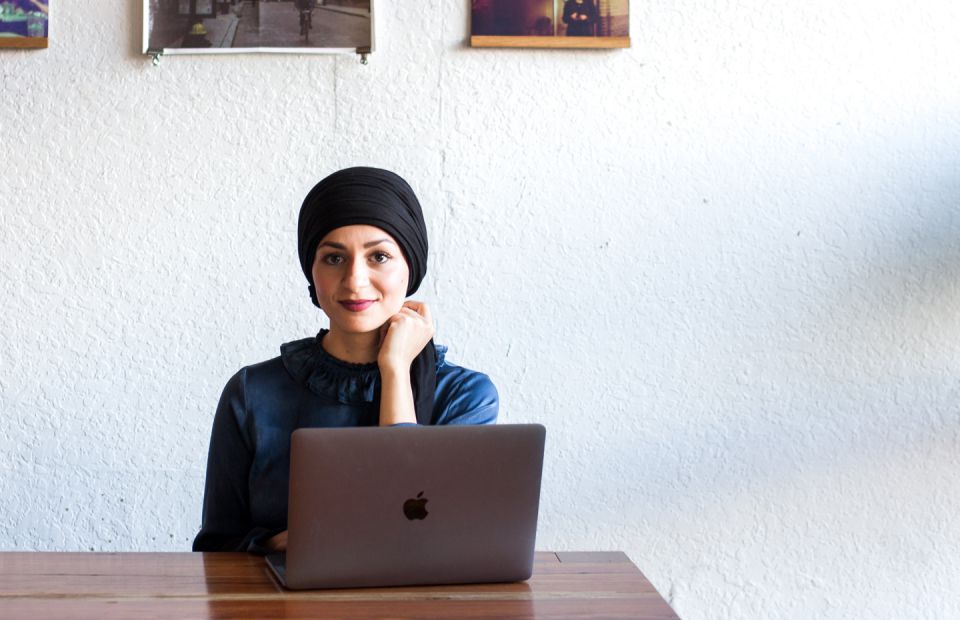
Government + Public Policy
Noor Elkhaldi on Taking a Break From School to Work as an SVU Counselor
"You cannot care for others if you do not care for yourself."
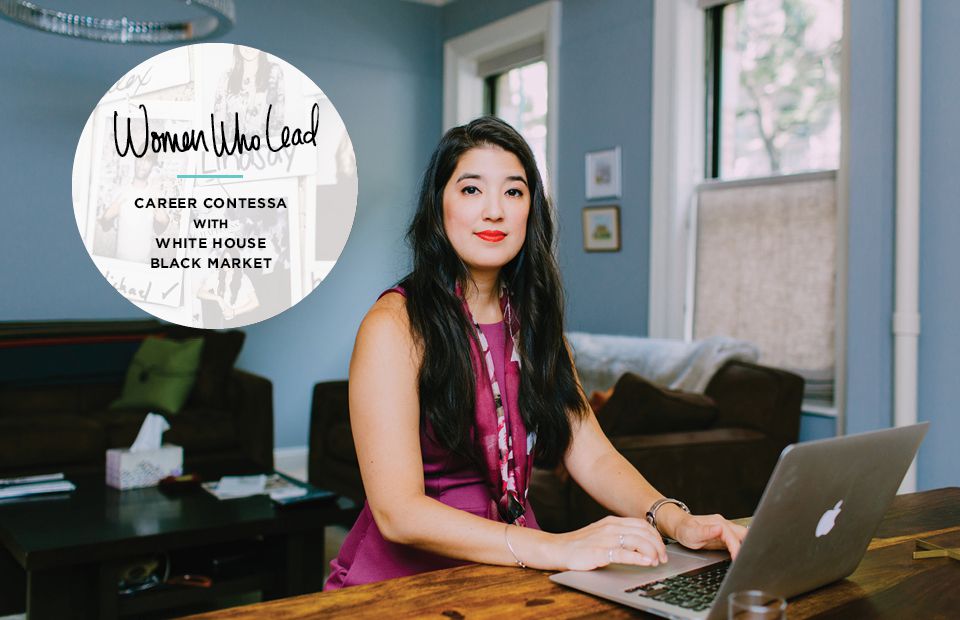
Consumer Services, Education, Finance
Women Who Lead: Alexandra Dickinson, Founder and CEO of Ask For It
On taking risks and asking for more—always.
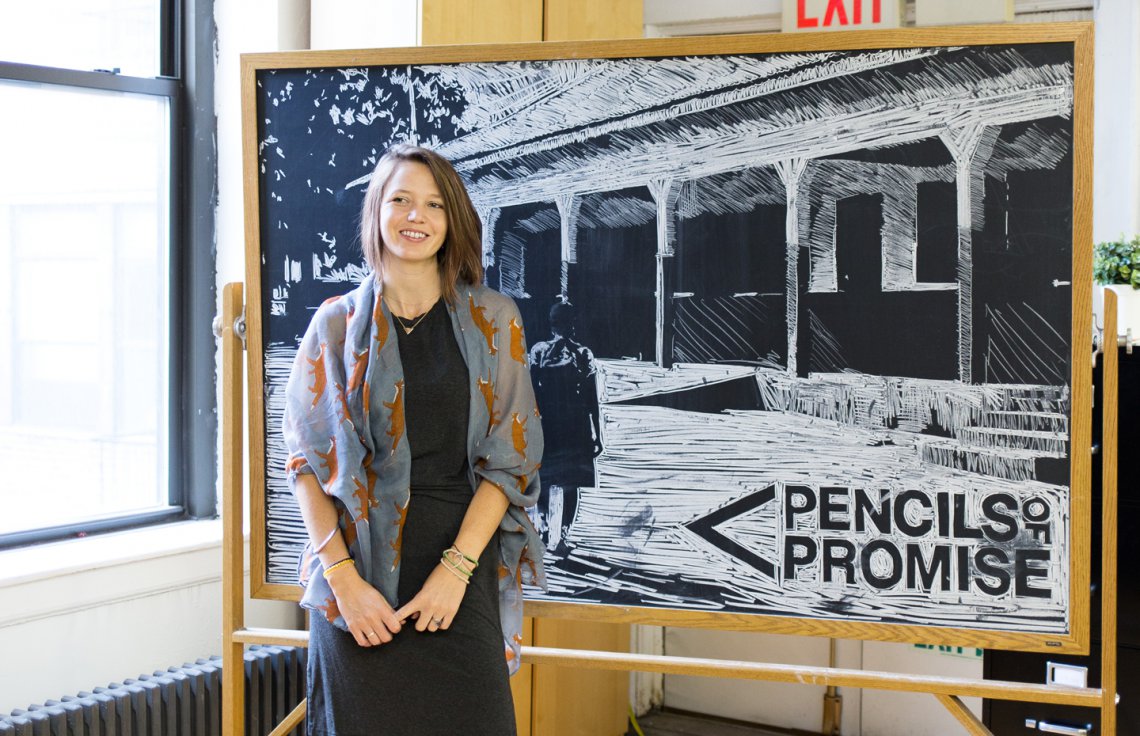
Nonprofit, Social Responsibility
Leslie Engle Young on What a Director of Impact Actually Does
This philanthropic globetrotter found her dream career working at Pencils of Promise.
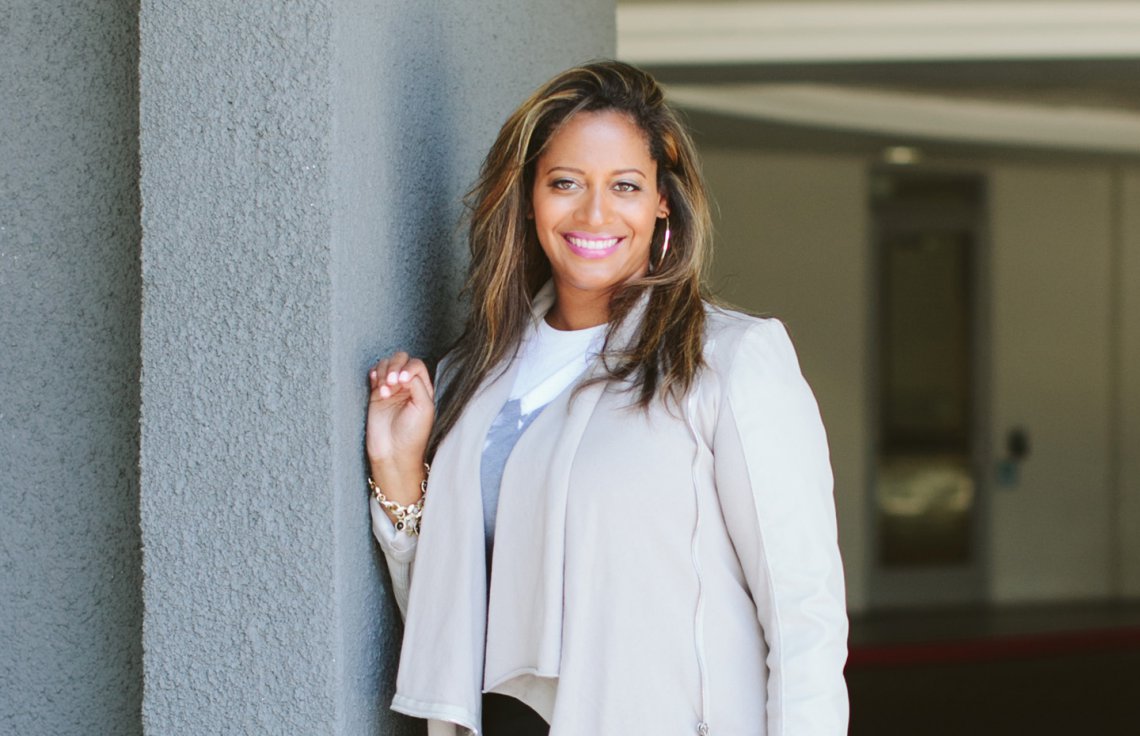
Entertainment, Government + Public Policy
Meet the Woman Behind Your Favorite T.V.
See how Candace's legal background has helped her climb the ladder to a director role at Sony Pictures.
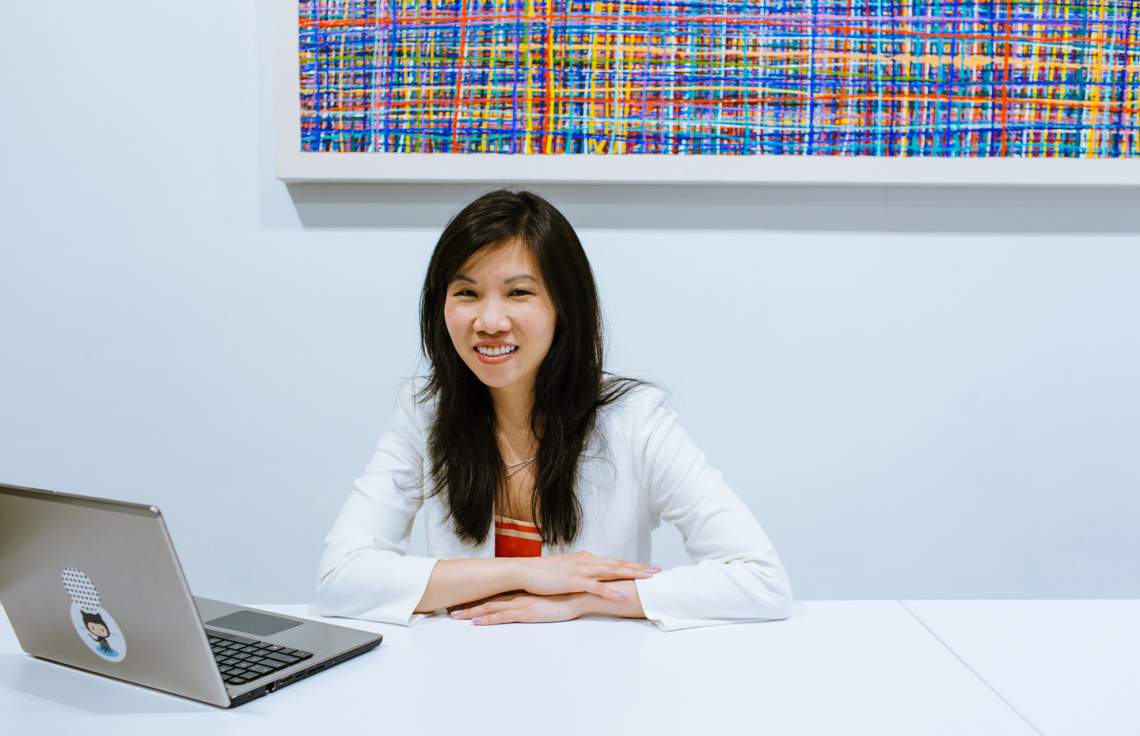
Government + Public Policy
This Millennial Entrepreneur Talks Politics, Activism, and...How to Vote?
Election season's almost over, but Maria Yuan's company, IssueVoter, is just getting started.
Get the Best Career Advice Delivered To Your Inbox
Join our newsletter to stay in the loop.
